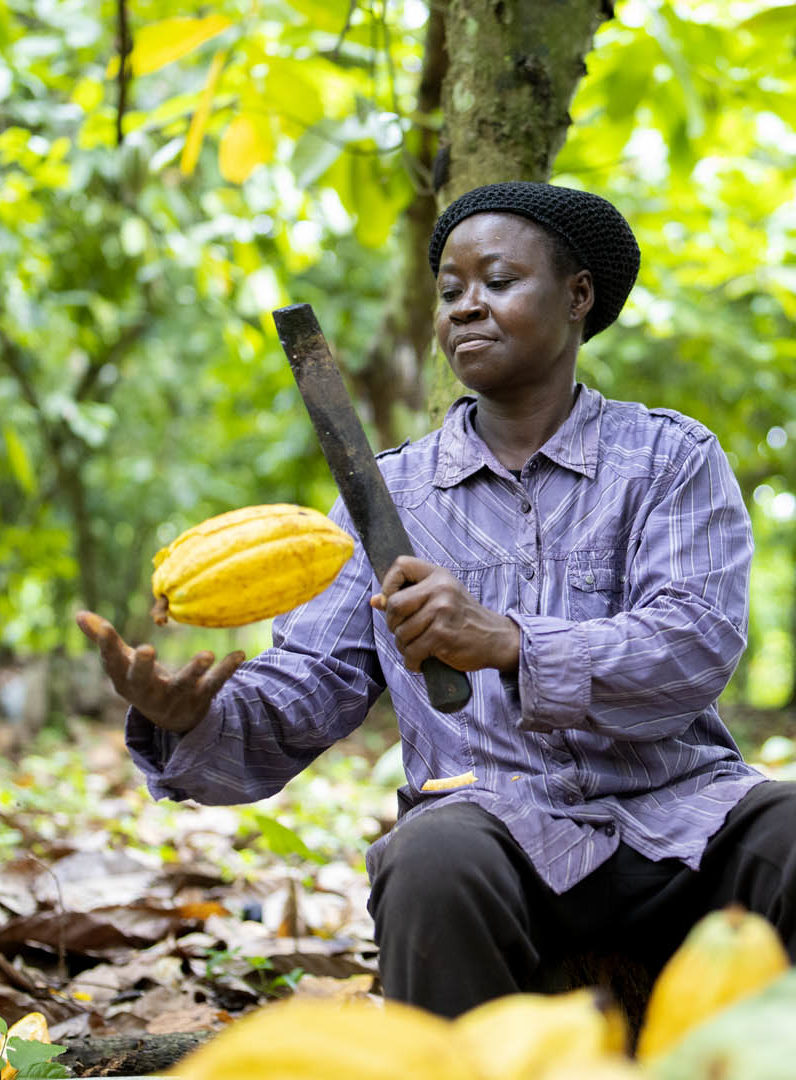
Photo: Richard Twumasi, Storybox Media
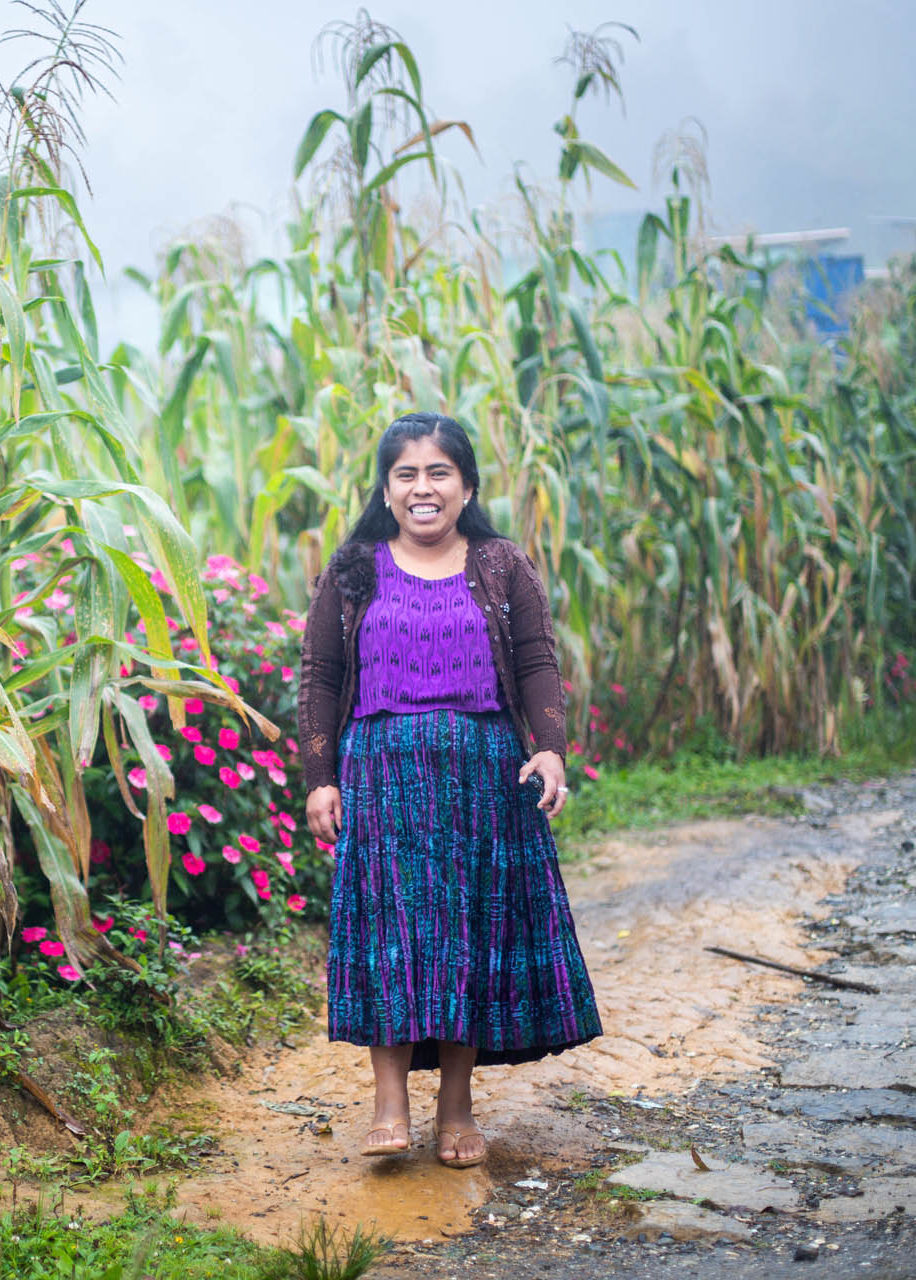
Photo: Official-Films


Photo: Richard Twumasi, Storybox Media
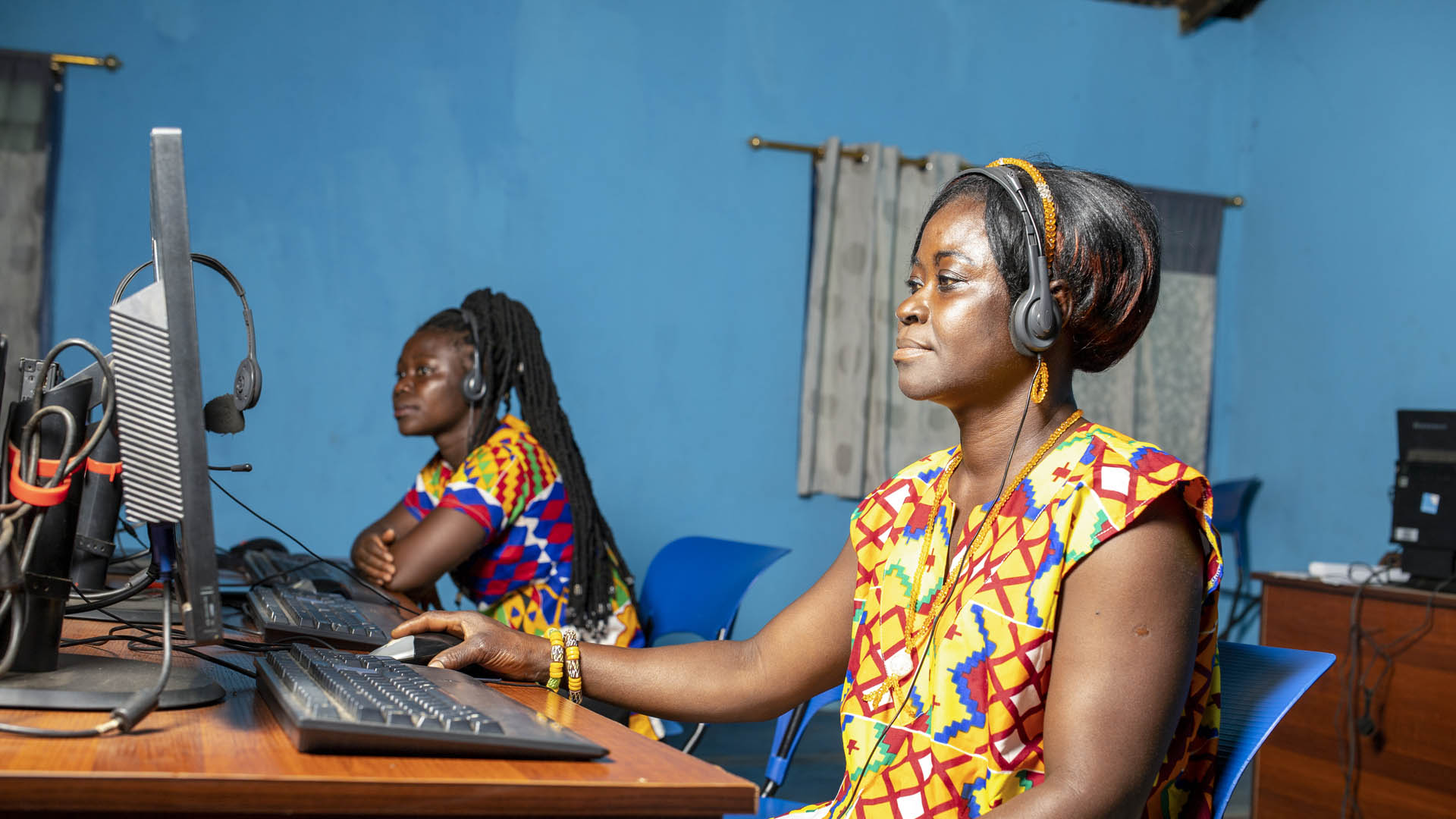
Photo: Richard Twumasi, Storybox Media
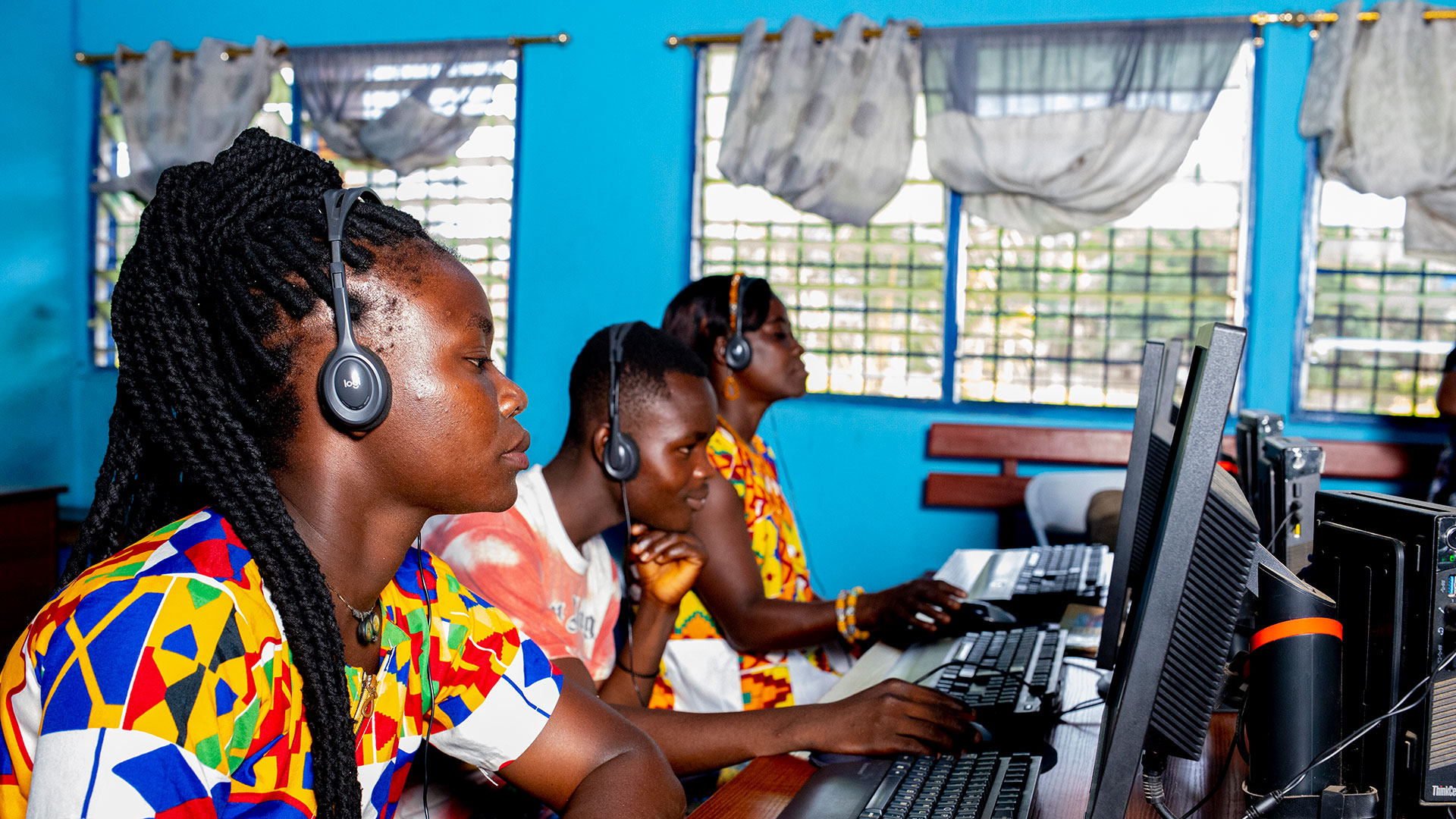
Photo: Richard Twumasi, Storybox Media
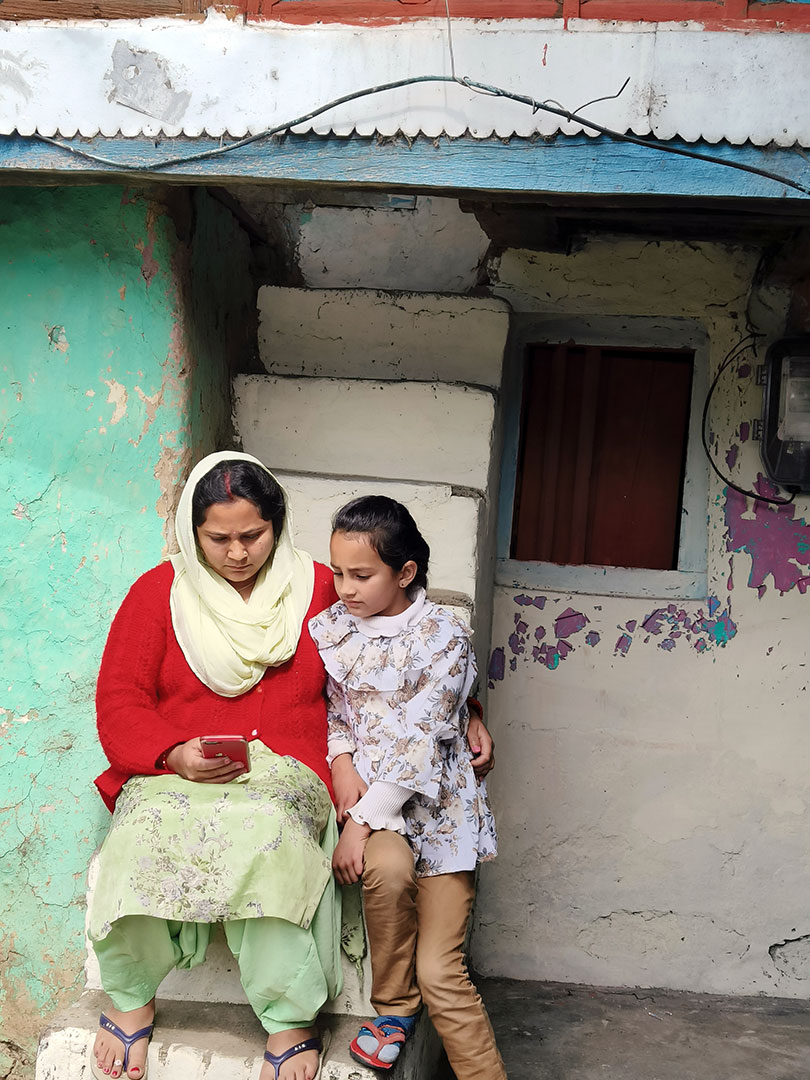
Photo: Rohini Bassi, AirJaldi

Photo: Rohini Bassi, AirJaldi
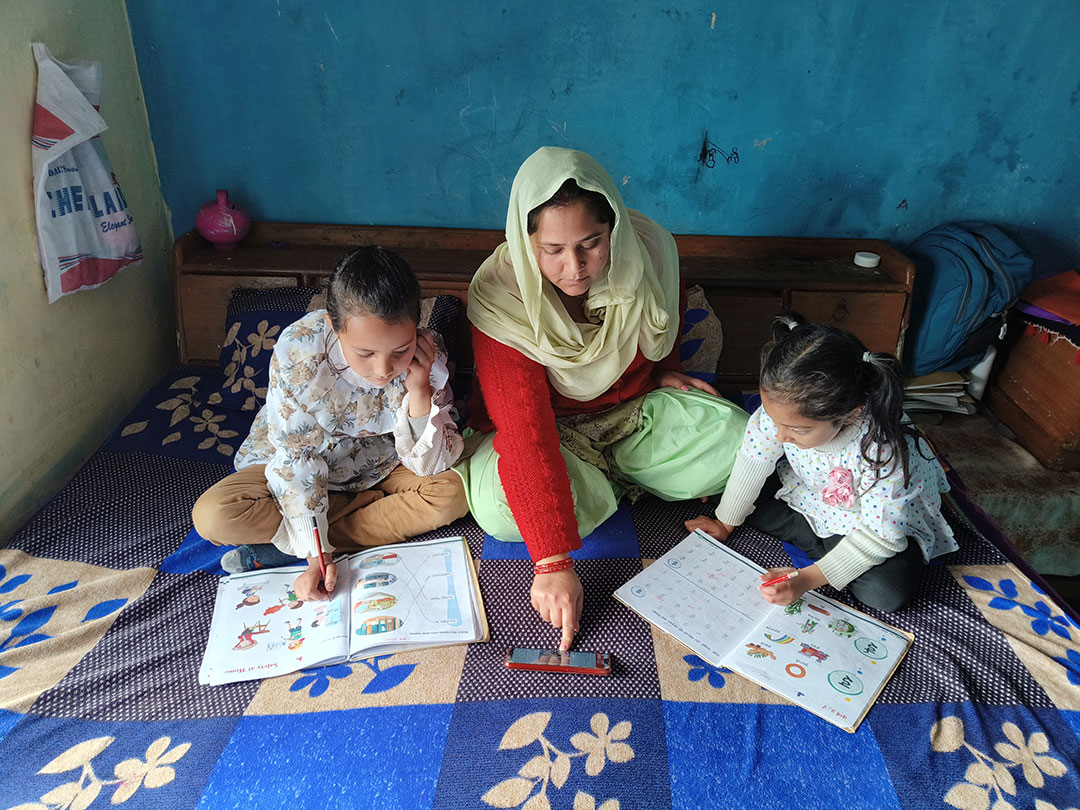
Photo: Rohini Bassi, AirJaldi
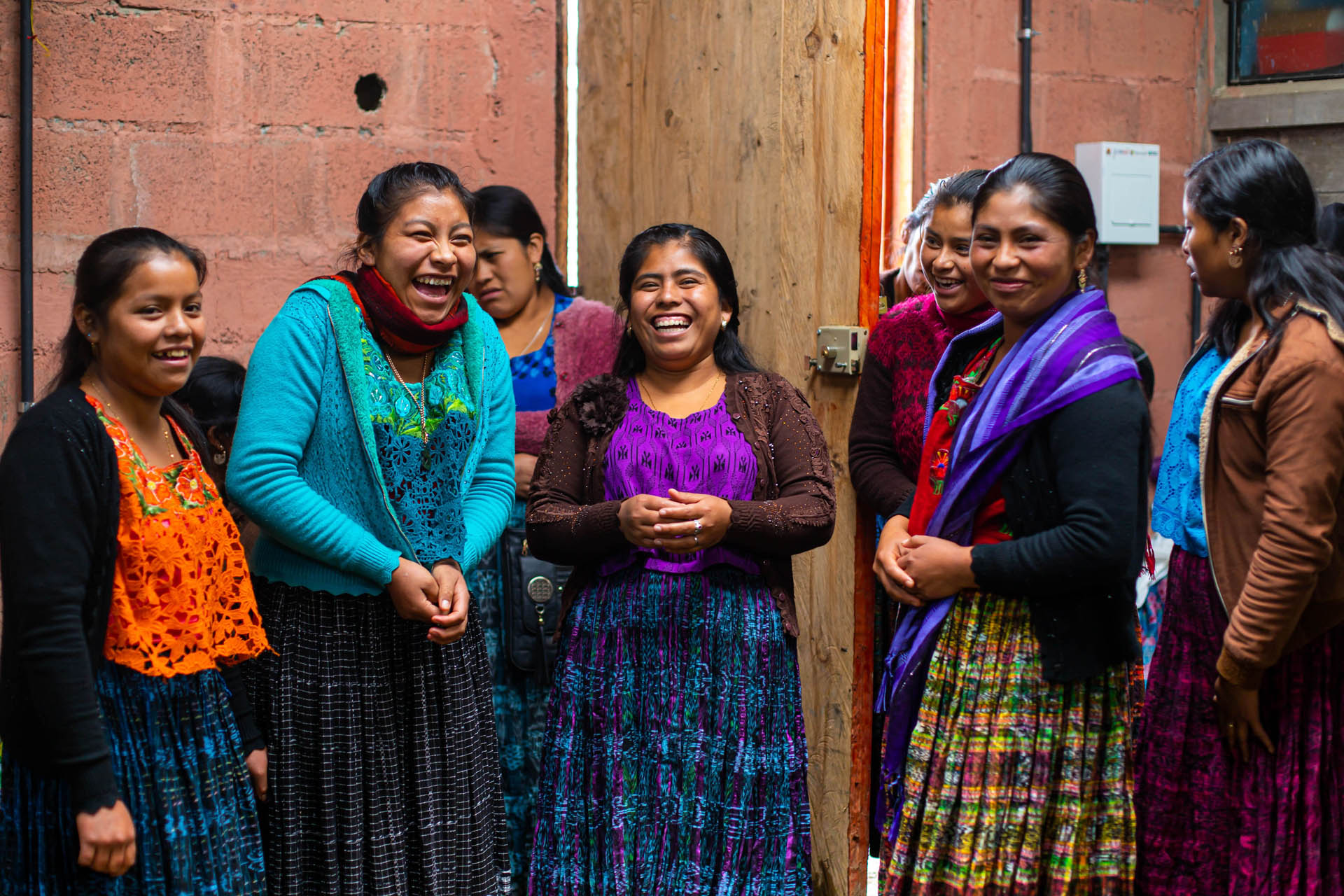
Photo: Official-Films

Photo: Official-Films
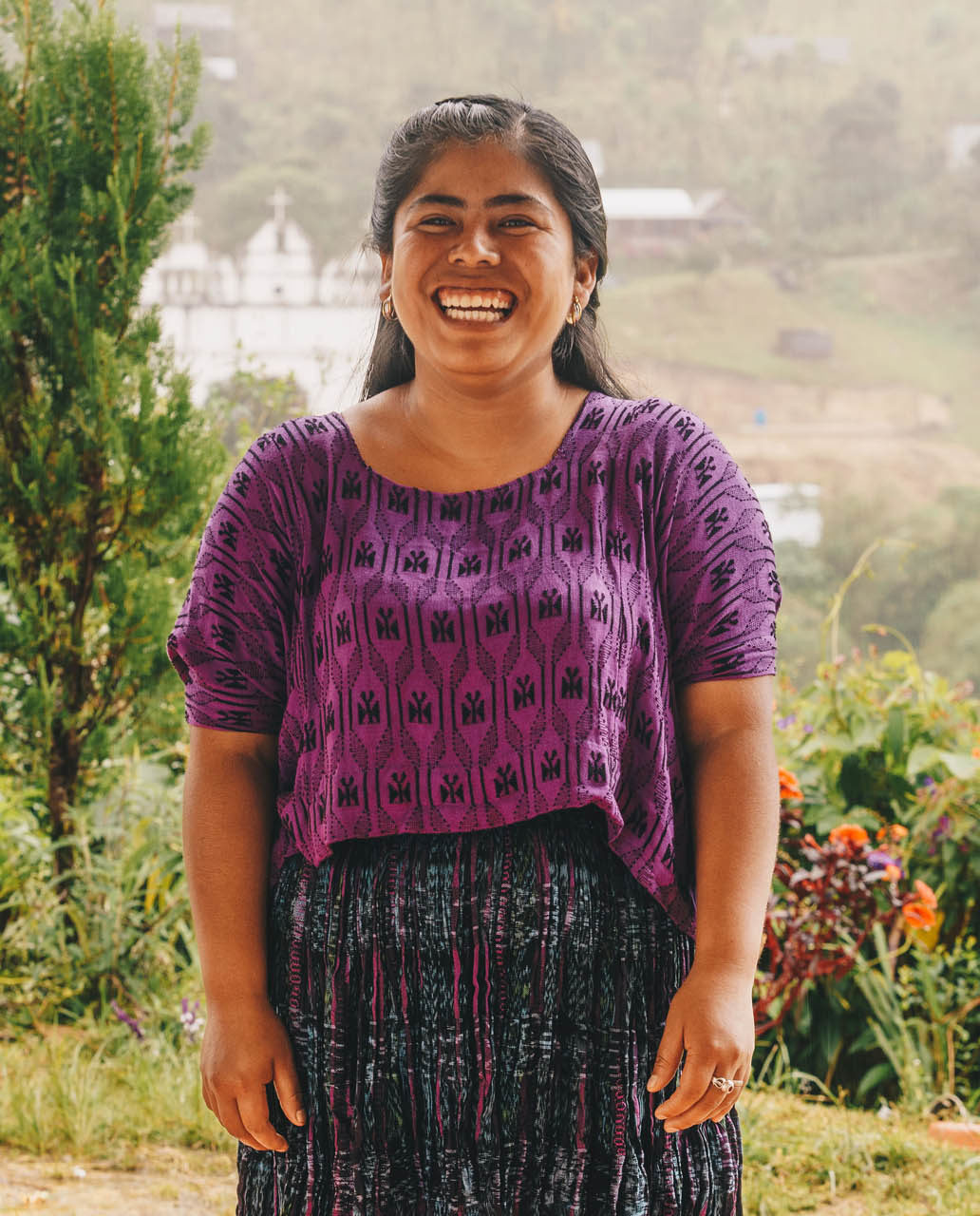
Photo: Official-Films
Airband’s gender equity work involves partnerships with the U.S. Agency for International Development, The Hunger Project and Bluetown in Ghana, AirJaldi in India, Anditel in Colombia, M-Kopa and Mawingu in Kenya, and New Sun Road in Guatemala. Learn more at aka.ms/airband.
Story by Vanessa Ho
